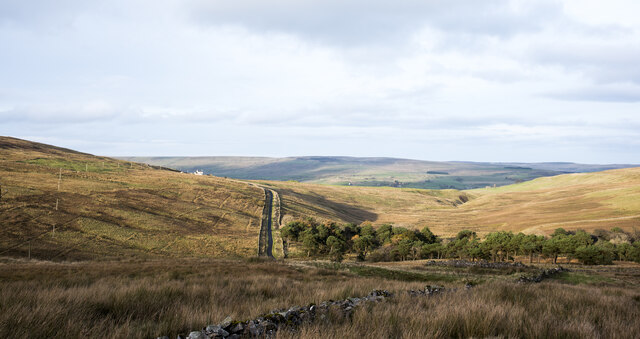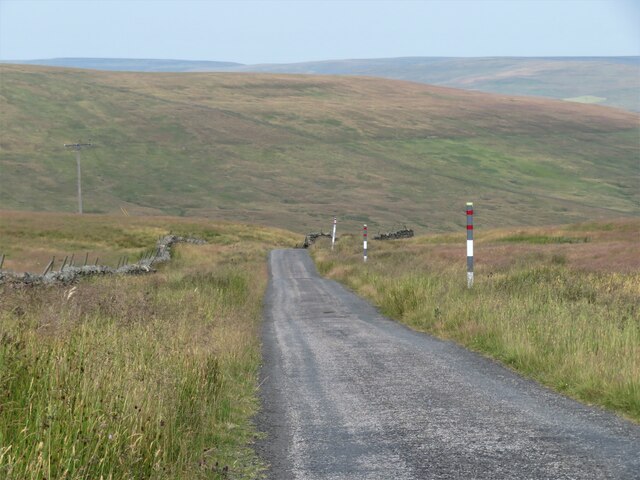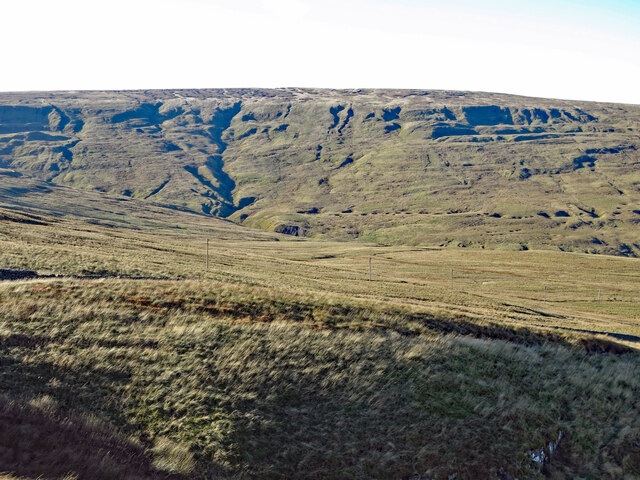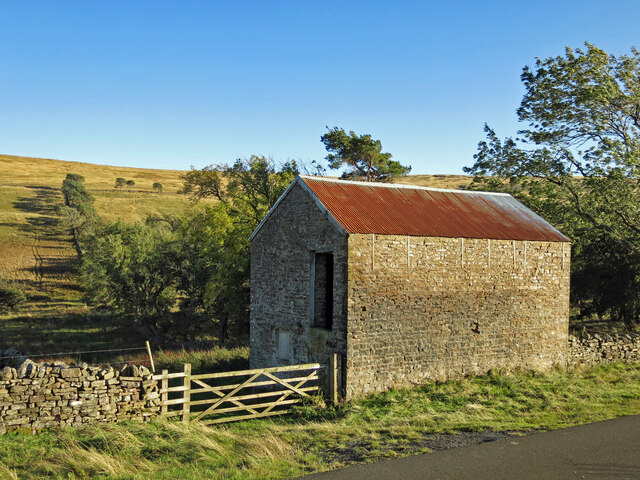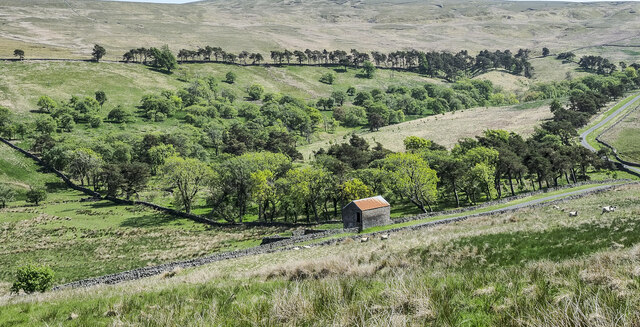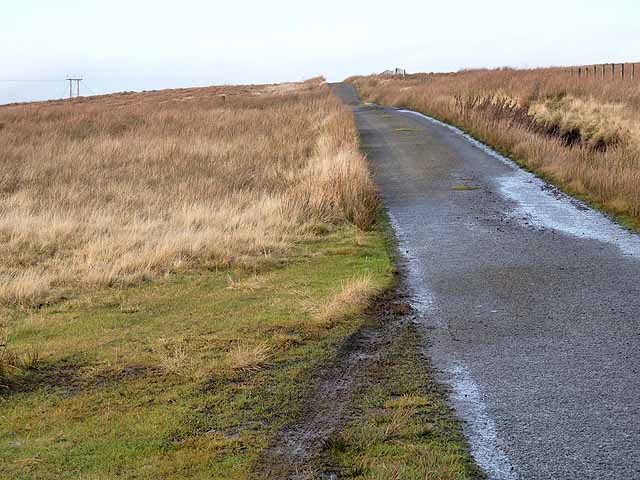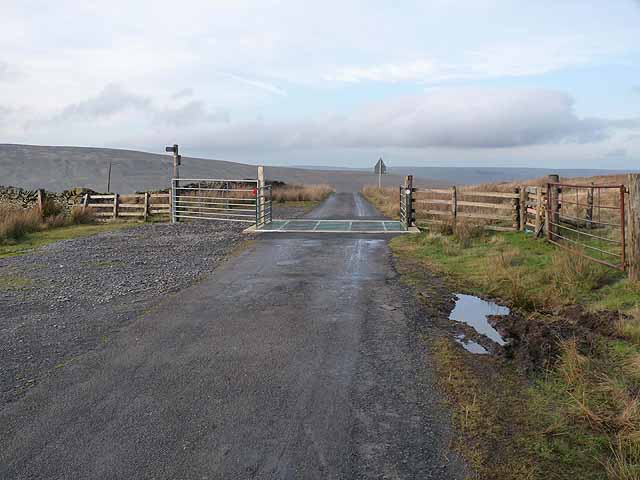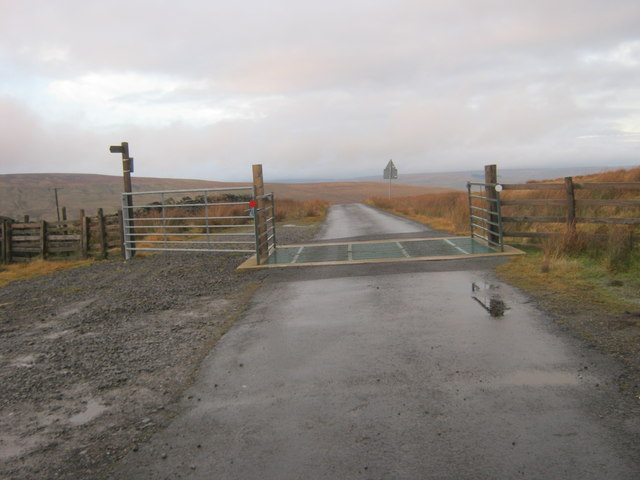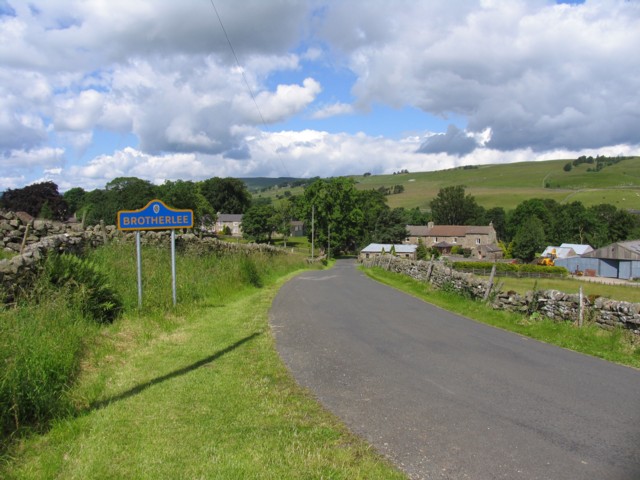Westernhope Moor
Downs, Moorland in Durham
England
Westernhope Moor
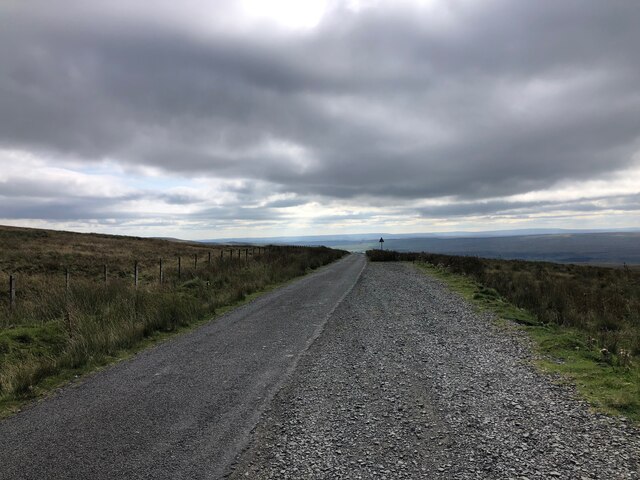
Westernhope Moor is a picturesque expanse of moorland located in County Durham, England. Situated near the village of Stanhope, it forms part of the larger North Pennines Area of Outstanding Natural Beauty. Covering an area of approximately 3,000 acres, the moorland boasts a diverse and unique landscape that attracts nature enthusiasts and hikers alike.
The terrain of Westernhope Moor is characterized by rolling hills, heather-covered moors, and expansive open spaces. The area is home to a wide variety of flora and fauna, including heather, bilberry, cotton grass, and a range of bird species such as curlews and lapwings. The moorland is also renowned for its stunning panoramic views, with sweeping vistas that stretch as far as the eye can see.
Visitors to Westernhope Moor can enjoy a range of outdoor activities, including hiking, birdwatching, and photography. There are several well-marked trails that crisscross the moorland, offering opportunities for both leisurely walks and challenging hikes. The area is also a popular destination for nature photographers, who are drawn to the unique beauty and tranquility of the landscape.
In addition to its natural wonders, Westernhope Moor has a rich cultural heritage. The remains of ancient settlements and stone circles can be found scattered across the moorland, providing a fascinating glimpse into the area's past. The moorland also holds historical significance as the site of lead mining activities in the 19th century.
Overall, Westernhope Moor is a hidden gem in the Durham countryside, offering visitors a chance to immerse themselves in the beauty of nature and explore the rich history of the region.
If you have any feedback on the listing, please let us know in the comments section below.
Westernhope Moor Images
Images are sourced within 2km of 54.700862/-2.1423675 or Grid Reference NY9033. Thanks to Geograph Open Source API. All images are credited.
![Road summit at Swinhope Head [2] Quite a contrast to the last time I took a photograph here [22/03/18] as the temperature on that occasion was only a little above freezing, but on this occasion it was 33°C, even at 2000ft. Taken on a day of record breaking temperatures across Britain. Not much point in coming up here to keep cool.](https://s3.geograph.org.uk/geophotos/07/23/44/7234403_67798f0e.jpg)
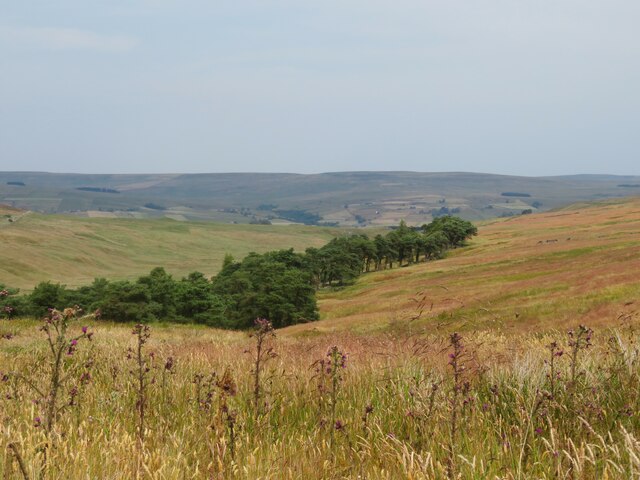
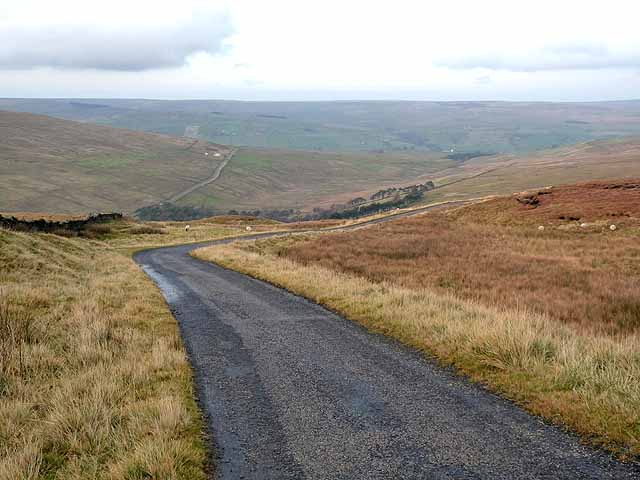
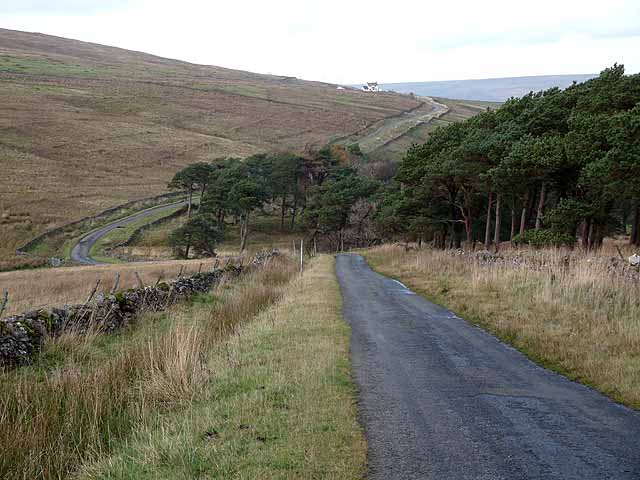
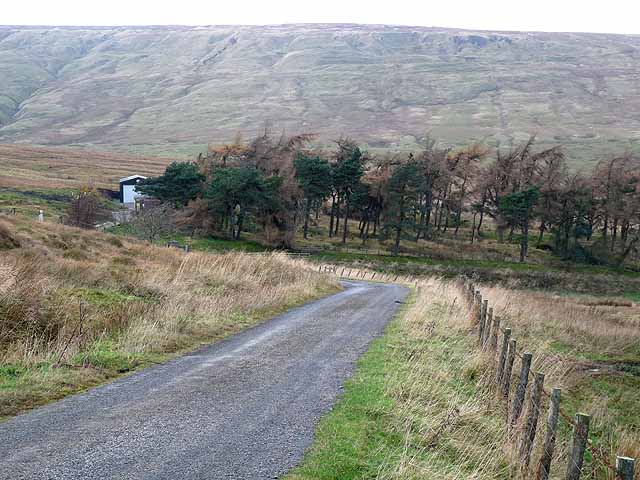
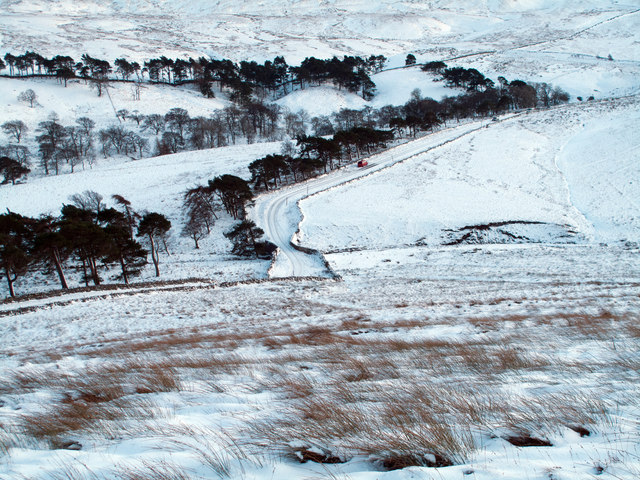
Westernhope Moor is located at Grid Ref: NY9033 (Lat: 54.700862, Lng: -2.1423675)
Unitary Authority: County Durham
Police Authority: Durham
What 3 Words
///centrally.stub.fools. Near Newbiggin, Co. Durham
Nearby Locations
Related Wikis
Fairy Holes Cave
Fairy Holes Cave is a Site of Special Scientific Interest in the Wear Valley district of west County Durham, England. It is located on the western flanks...
Westgate, County Durham
Westgate is a village in the civil parish of Stanhope, in County Durham, England. It is situated in Weardale between St John's Chapel and Eastgate. In...
North Pennines
The North Pennines is the northernmost section of the Pennine range of hills which runs north–south through northern England. It lies between Carlisle...
Westgate-in-Weardale railway station
Westgate-in-Weardale railway station served the village of Westgate, County Durham, England, from 1895 to 1965 on the Weardale Railway. == History == The...
Westgate Methodist Chapel
Westgate Methodist Chapel stands on the A689 road in the village of Westgate, some 5 miles (8 km) west of Stanhope, County Durham, England (grid reference...
Brotherlee
Brotherlee is a small village in the civil parish of Stanhope, in County Durham, England situated on the south side of Weardale, between Stanhope and Daddry...
Westernhope Burn Wood
Westernhope Burn Wood is a Site of Special Scientific Interest in the Wear Valley district of south-west County Durham, England. It occupies the steeply...
Daddry Shield
Daddry Shield is a village in the civil parish of Stanhope, in County Durham, England. It is situated on the south side of the River Wear in Weardale,...
Nearby Amenities
Located within 500m of 54.700862,-2.1423675Have you been to Westernhope Moor?
Leave your review of Westernhope Moor below (or comments, questions and feedback).
